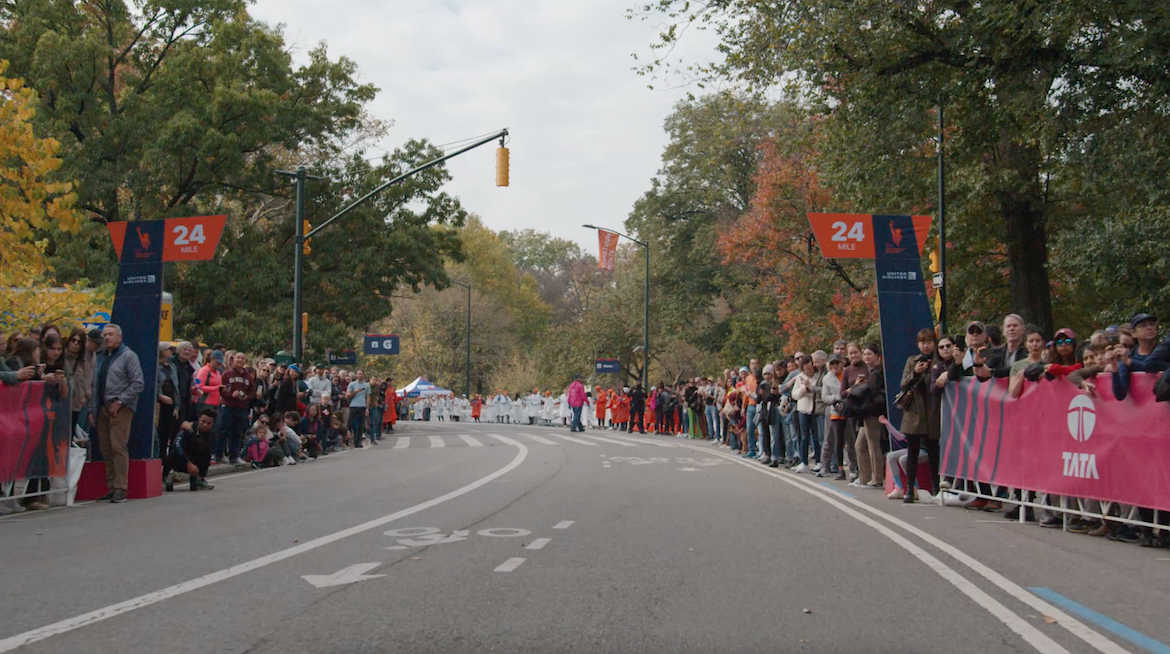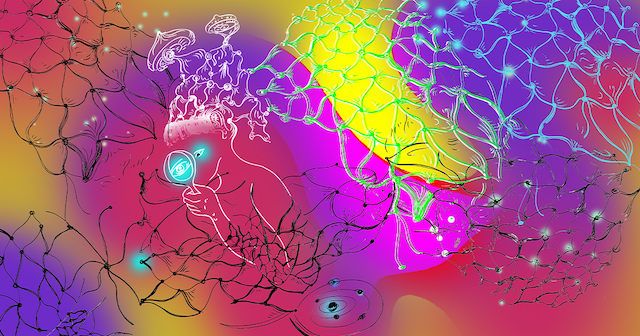The Mental Health Benefits of Exercise
High levels of stress are being reported by most Americans! About half of U.S. adults say that uncertainty about the future makes them feel that it is impossible to make plans for the future. About a third say their stress levels are so high that they sometimes struggle with even basic decisions. It has been estimated that 75 – 90% of all visits to primary care physicians are for stress related problems. The great news is that exercise is extremely effective for reducing stress and relieving anxiety and depression!Exercise Drives Multiple Pathways to Reduce Anxiety and DepressionExercise boosts BDNF (brain derived neurotropic factor) which improves learning and memory and literally acts like miracle grow for the brain. Through a separate action exercise causes muscles to help detoxify a toxic chemical called Kynurenine. Kynurenine is produced from the faulty metabolism of tryptophan. Under conditions of acute or chronic inflammation Kynurenine forms Quinolinic Acid instead of serotonin. Excess Quinolinic acid is directly linked to major depressive disorder, bipolar disorder, and schizophrenia – Kynurenine clearance in exercised muscle cells suppresses this build-up in the brain. Overtime regular exercise remodels the brain’s reward system leading to higher levels of dopamine and more dopamine receptors. Through this action exercise can both relieve depression and increase your capacity for joy. Exercise also boost levels of endocannabinoids (yep – the same ones that come from the cannabis plant!). The “high” from exercise comes from a boost in endocannabinoids. These endogenously produced chemicals dock on brain receptors and reduce anxiety and induce a state of contentment. Studies have found that these brain changes help boost positive interactions with friends and family. The latest research even shows that lactate – produced during intense exercise – travels to the brain from muscles where it is produced – and alters brain chemistry in ways that can reduce anxiety and protect against depression. The Evidence on Effectiveness of Exercise for Anxiety and Depression A recent Metanalysis of 25 Randomized Controlled trials found that aerobic exercise improved depression – particularly for moderate or intense aerobic activity. In addition, this metanalysis found that previous studies underestimated the power of exercise to control anxiety and depression. Intense aerobic exercise has also been found to be very effective in treating anxiety – specifically the lactic acid produced during intense intervals has been shown to have a strong anti-depressant effect. Furthermore, lactic acid has been shown to be linked to improved REM/dream sleep. After lactate is released by muscles, it travels through the bloodstream to the brain, where it can reduce anxiety and protect against depression.An analysis of 15 different studies showed that aerobic exercise - especially high-intensity aerobic exercise - reduces symptoms of anxiety. These anti-anxiety effects persisted for several months after cessation of the exercise.All the participants in the studies had some degree of anxiety, with their condition falling on a spectrum that included anxiety disorders, raised anxiety levels, and raised anxiety sensitivity - a condition in which a person feels anxious about the physical symptoms that often accompany anxiety. People on waiting lists for anxiety treatment who did not exercise served as comparisons.They found that participants who engaged in both low and high-intensity aerobic exercise experienced greater improvements in their anxiety than non-exercising people on treatment waiting lists. High-Intensity exercise reduced anxiety symptoms more effectively than low-intensity exercise. The various interventions lasted between 10 weeks and six months, with participants exercising three times per week on average.Multiple mechanisms are responsible for the anti-anxiety effects of exercise. However, one key mechanism is lactate production from high-intensity exercise. Increased lactate levels promote higher levels of norepinepherine and serotonin. Low levels of these neurotransmitters can drive anxiety and the inability to handle stressful situation.Resistance Training is also very effective for depression and this should come as no surprise in that resistance training produces a lot of lactate! A recent meta-analysis of many studies on resistance training and depression found that resistance training caused significant and meaningful reductions in depression symptoms comparable to prescription anti-depression medication and behavioral therapies.

High levels of stress are being reported by most Americans! About half of U.S. adults say that uncertainty about the future makes them feel that it is impossible to make plans for the future. About a third say their stress levels are so high that they sometimes struggle with even basic decisions. It has been estimated that 75 – 90% of all visits to primary care physicians are for stress related problems.
The great news is that exercise is extremely effective for reducing stress and relieving anxiety and depression!
Exercise Drives Multiple Pathways to Reduce Anxiety and Depression
Exercise boosts BDNF (brain derived neurotropic factor) which improves learning and memory and literally acts like miracle grow for the brain.
Through a separate action exercise causes muscles to help detoxify a toxic chemical called Kynurenine. Kynurenine is produced from the faulty metabolism of tryptophan. Under conditions of acute or chronic inflammation Kynurenine forms Quinolinic Acid instead of serotonin. Excess Quinolinic acid is directly linked to major depressive disorder, bipolar disorder, and schizophrenia – Kynurenine clearance in exercised muscle cells suppresses this build-up in the brain.
Overtime regular exercise remodels the brain’s reward system leading to higher levels of dopamine and more dopamine receptors. Through this action exercise can both relieve depression and increase your capacity for joy.
Exercise also boost levels of endocannabinoids (yep – the same ones that come from the cannabis plant!). The “high” from exercise comes from a boost in endocannabinoids. These endogenously produced chemicals dock on brain receptors and reduce anxiety and induce a state of contentment. Studies have found that these brain changes help boost positive interactions with friends and family.
The latest research even shows that lactate – produced during intense exercise – travels to the brain from muscles where it is produced – and alters brain chemistry in ways that can reduce anxiety and protect against depression.
The Evidence on Effectiveness of Exercise for Anxiety and Depression
A recent Metanalysis of 25 Randomized Controlled trials found that aerobic exercise improved depression – particularly for moderate or intense aerobic activity. In addition, this metanalysis found that previous studies underestimated the power of exercise to control anxiety and depression.
Intense aerobic exercise has also been found to be very effective in treating anxiety – specifically the lactic acid produced during intense intervals has been shown to have a strong anti-depressant effect. Furthermore, lactic acid has been shown to be linked to improved REM/dream sleep. After lactate is released by muscles, it travels through the bloodstream to the brain, where it can reduce anxiety and protect against depression.
An analysis of 15 different studies showed that aerobic exercise - especially high-intensity aerobic exercise - reduces symptoms of anxiety. These anti-anxiety effects persisted for several months after cessation of the exercise.
All the participants in the studies had some degree of anxiety, with their condition falling on a spectrum that included anxiety disorders, raised anxiety levels, and raised anxiety sensitivity - a condition in which a person feels anxious about the physical symptoms that often accompany anxiety. People on waiting lists for anxiety treatment who did not exercise served as comparisons.
They found that participants who engaged in both low and high-intensity aerobic exercise experienced greater improvements in their anxiety than non-exercising people on treatment waiting lists. High-Intensity exercise reduced anxiety symptoms more effectively than low-intensity exercise. The various interventions lasted between 10 weeks and six months, with participants exercising three times per week on average.
Multiple mechanisms are responsible for the anti-anxiety effects of exercise. However, one key mechanism is lactate production from high-intensity exercise. Increased lactate levels promote higher levels of norepinepherine and serotonin. Low levels of these neurotransmitters can drive anxiety and the inability to handle stressful situation.
Resistance Training is also very effective for depression and this should come as no surprise in that resistance training produces a lot of lactate! A recent meta-analysis of many studies on resistance training and depression found that resistance training caused significant and meaningful reductions in depression symptoms comparable to prescription anti-depression medication and behavioral therapies.
What's Your Reaction?









![The HubSpot Blog's Marketing Leadership Report: How 720+ Brand Leaders Will Get Ahead in 2025 [+ How to Join Them]](https://www.hubspot.com/hubfs/Copy%20of%20The%20Future%20of%20Work%20is%20Flexible%20%5BImage%2c%20IG%5D%20%28598%20%C3%97%20398%20px%29%20%28595%20%C3%97%20400%20px%29%20%28517%20%C3%97%20517%20px%29.png)





























.png)













































